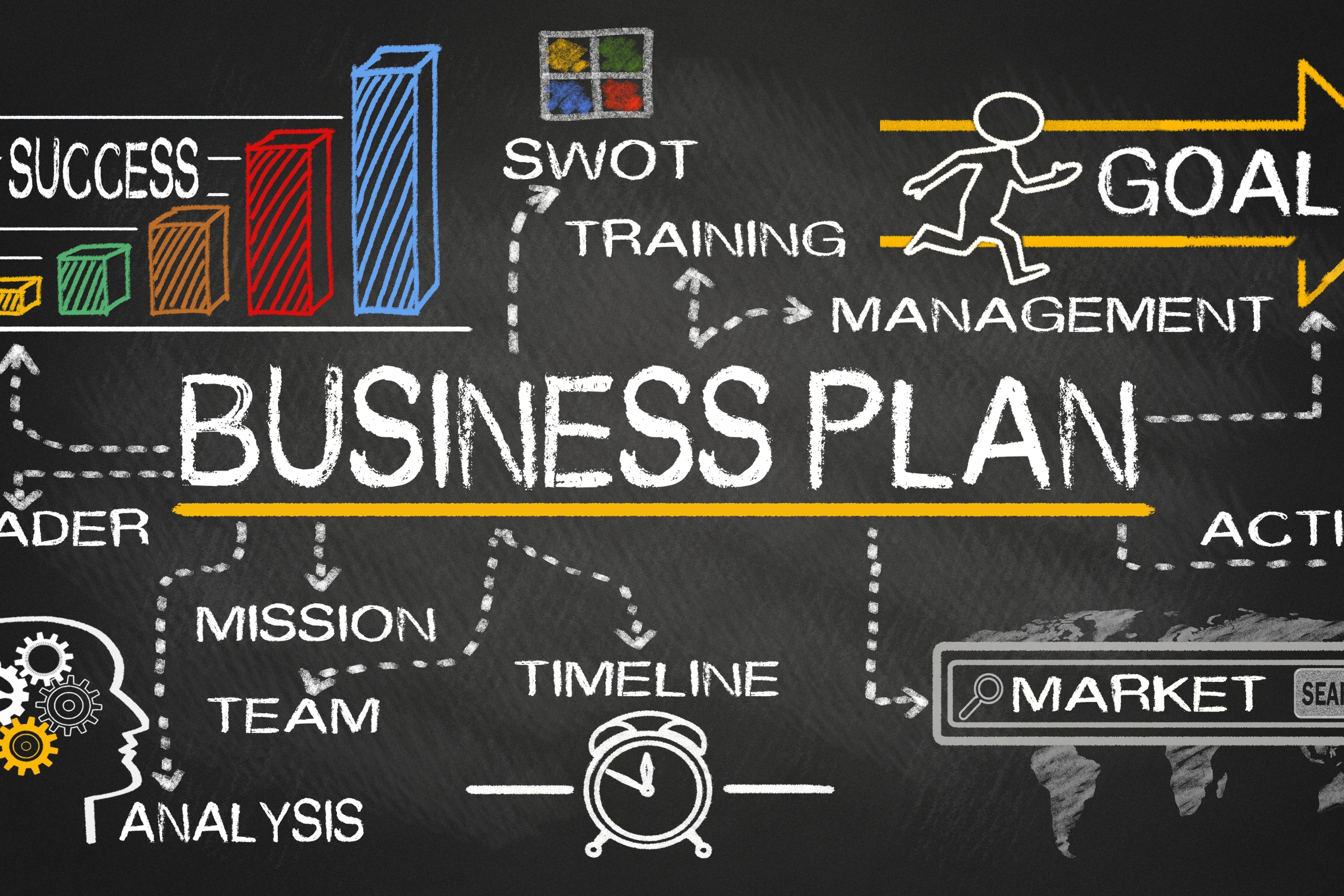We all know that time is valuable and that wasting it can hurt our chances of success. We need to find ways to be more productive and use every minute well because of this. Whatever your goal is—impressing your boss as an employee or making your team more productive as a business owner—these tips will help you get there.
These five tips will change the way you do work and make you a more successful and productive worker. They cover everything from how to handle your time well to how to make your workspace more pleasant. So, let’s get started and find out how to make the workplace more productive.
1. Regular Breaks
Taking regular breaks is important for keeping up a high level of effectiveness at work. Contrary to what most people think, working nonstop without breaks can actually make you less productive overall. Taking regular breaks during the job has been shown by many studies, including one in the Harvard Business Review, to greatly enhance attention, innovation, and output.
Working nonstop without breaks can make it harder to concentrate, which can make it harder to get things done quickly. Employees can keep their focus higher and recharge their brains by taking short breaks every hour or two. This helps them get things done faster and with fewer mistakes.
Taking regular breaks can be done in a number of different ways. The two-minute rule, which tells workers they should take a short break every two hours, is a good method. During these breaks, you can do things like walk around the office or stretch. Setting aside specific places for breaks or giving workers chances to socialize can also urge them to take regular breaks.

2. Natural Light And Fresh Air
Creating a space with lots of natural light and fresh air can make people more productive at work and improve their health in general. Studies have shown over and over that workers who are exposed to natural light are inherently more productive. Serotonin is a neurotransmitter that helps you concentrate and feel good. Natural light makes your body make more of it. On the other hand, places that are poorly lit or lit chemically can make you feel tired and less aware.
Fresh air is also important for keeping the office effective. Better air quality can raise the amount of oxygen in the brain, which can make it easier to think and be creative. It also lowers the chance of getting headaches, eye strain, and other health problems that come with breathing bad air inside.
To optimize natural light and fresh air in the workplace, consider these strategies. Maximize access to windows and skylights to let in as much natural light as possible. Use light-colored paint and reflective surfaces to distribute light throughout the space. Install air purifiers or ventilation systems to improve air quality. Encourage employees to take breaks outdoors, giving them a breath of fresh air to rejuvenate their minds and bodies.
3. Minimizing Unnecessary Meetings Or Phone Calls
Minimizing unnecessary meetings or phone calls in the workplace is crucial for boosting productivity and saving valuable time. Here are a few strategies to achieve this:
- Embrace alternative communication methods: Instead of scheduling face-to-face meetings or phone calls, consider utilizing alternative communication channels such as instant messaging, video conferencing, or project management tools. These platforms allow for quick and efficient communication, eliminating the need for lengthy meetings or interruptive phone calls.
- Set clear meeting agendas: When meetings are essential, ensure they have a clear agenda outlining the topics to be discussed and the desired outcomes. This helps participants stay focused and ensures that everyone is prepared, minimizing the need for unnecessary discussions and follow-up meetings.
- Invite necessary participants only: Avoid inviting individuals to meetings who may not be directly involved or have relevant contributions to make. By keeping the attendees limited to those truly essential, you can reduce the potential for lengthy or unproductive discussions.
- Implement time limits: Set a specific duration for meetings or phone calls and stick to it. This encourages participants to stay on track and prevents discussions from going off-topic or unnecessarily lingering.
- Leverage email and project management software: Utilize email for non-urgent matters that don’t require real-time communication. Project management software can streamline tasks, deadlines, and updates, enabling team members to collaborate efficiently without the need for constant meetings or phone calls.
- Remote Workers & Flexible Working Hours
Remote workers and flexible working hours have become increasingly popular in recent years, and for good reason. These practices can significantly increase workplace productivity and benefit both employees and employers.
One of the main advantages of remote work is that it allows employees to have a better work-life balance. By eliminating the need for commuting to and from the office, remote workers can save a substantial amount of time. This saved time can be used for personal activities, resulting in improved overall well-being. When employees have a healthy work-life balance, they tend to be more satisfied and motivated, which in turn boosts productivity.
Flexible working hours also contribute to increased productivity. When employees have the freedom to choose when they work, they can better align their work schedules with their natural rhythms and personal obligations. This enables them to work when they are most productive and focused, resulting in higher quality work and faster task completion. Additionally, flexible working hours give employees a sense of autonomy and control over their work, which has been shown to improve motivation and engagement.
Employers benefit from remote workers and flexible schedules as well. By allowing employees to work remotely, companies can tap into a larger talent pool and access highly skilled individuals who may not be able to commute to a physical office. This can lead to increased creativity and innovation within the organization. Additionally, offering flexible working hours can boost employee loyalty and retention, as it shows that the company values and supports work-life balance.
4. Provide Proper Training And Resources
Providing proper training and resources is essential in increasing workplace productivity. When employees are equipped with the necessary knowledge and skills, they can perform their tasks efficiently and effectively. Here are five reasons why investing in employee training and resources is crucial:
- Improved competency: Employee training enhances their competence in performing their roles. By providing specialized software and hands-on training, employees gain the necessary skills to navigate complex tasks with ease. This competence leads to increased productivity and higher-quality outputs.
- Increased confidence: When employees receive proper training, they gain confidence in their abilities. They feel more equipped to tackle challenges, resulting in a productive mindset and a willingness to take on new and challenging tasks. This confidence translates into higher levels of productivity.
- Reduced errors and rework: Without proper training, employees may make mistakes or require significant rework, which negatively impacts productivity. By investing in training and resources, employers can minimize errors and rework, leading to more streamlined workflows and improved productivity levels.
- Consistency and standardization: Employee training ensures that all individuals within the organization adhere to the same standards and procedures. This promotes consistency in work outputs and reduces the likelihood of errors or inefficiencies. With standardized processes, productivity can be maintained at optimal levels.
- Employee satisfaction and retention: Providing opportunities for learning at their own pace fosters a positive work culture, where employees feel valued and invested in. This increases job satisfaction and promotes employee retention, as individuals are more likely to stay with a company that supports their professional growth. By nurturing employee development, organizations can maintain a highly productive workforce.

Conclusion
In conclusion, increasing productivity in the workplace requires a multifaceted approach that addresses both the needs of the company and the employees. By implementing the following strategies: regular breaks, natural light and fresh air, minimizing unnecessary meetings or phone calls, remote workers and flexible working hours, and providing proper training and resources, organizations can create a productive work environment.





